Hugh Howey: The Publishing World is Changing. How Can You Keep Up?
Novelists, Inc. Conference Day 2, St. Pete Beach Oct. 2014
Hugh Howey began his presentation by showing slides on “A history of storytelling.” The order goes this way:
Oral tradition
Written tradition
The first cubicle workers, i.e. monks transcribing by hand
Movable type
Offset and digital in 1990
Electronic publishing 2007
He recommends reading “The Storytelling Animal.”
Bar codes revolutionized sales in that data could be tracked. This led to massive discounting. In 1995, Amazon went live. In 2014, indie bookstores see a 20% growth in openings since 2007.
Book selling is like the game: scissors, paper, rock. You have the big-box chains, online retailers, and indie bookstores. Amazon beats the chains. Indies beat Amazon on their location, curation, and community. Publisher profits have risen, but digital is subsidizing print. Business costs and author royalties for digital are much less for publishers and their profit margin is up. So digital is saving publishers, and Amazon is saving indie bookstores.
There’s less downtime between reads for readers. They want immediate downloads. The guilt of the TBR pile is gone. Clutter is no longer a dissuasion for buying more books.
Digital includes e-books, audio, and print-on-demand books. “I can’t stress enough how crazy audio is, and that’s part of digital.”
Three variables determine author income: the number of titles sold, the price of the title, and the author royalty rate.
Romance is the bestselling book genre in terms of author earnings. Mysteries and thrillers are next.
Self-published royalties surpass traditionally published royalties. Digital is about 70% of the market. 40% of print sales now are on Amazon, not including print-on-demand.
The top 20 Amazon bestsellers in each category:
Mystery/thriller: 4 audio, 1 hardcover, 1 paperback, 14 e-books
Science fiction/fantasy: 5 audio, 15 e-books, no print
Romance: 20 e-books
Fiction/literature: 4 audio, 1 hardcover, 1 paperback, 14 e-books
History: 2 audio, 7 hardcover, 4 paperback, 7 e-books
Teen: 1 hardcover, 5 paperbacks, 14 e-books
Publishers are more profitable as the cost of production and distribution has gone to nearly zero. Big bookstores are going under while Indies take more of the market share. Expectation and output paths are converging, such as author platform and professional book production. The number of people making a living at writing has gone up from tenfold to fiftyfold. The chances are slim but it’s doable to make it as a writer.
Publishing is moving to the West Coast. Amazon, Google, and Apple will become prominent publishers along with other tech companies. Indie bookstores will survive. The real threat is the decline in recreational book reading.
Who will survive?
Publishers who pay well and price their books right
Retailers who curate well
Anyone who aids discoverability
Partners who increase distribution
Freelancers who raise quality
Toolmakers who increase quantity
Locales that create an addictive book culture
Note: Any errors in this article are due to my interpretation.
Coming Next: Empowering Authors with Amazon Independent Publishing
CONTEST ALERT! Win a $25 Amazon/BN gift card or free ebooks from Booklover’s Bench authors in our November contest: http://bookloversbench.com/contest/




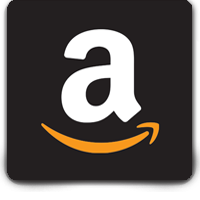
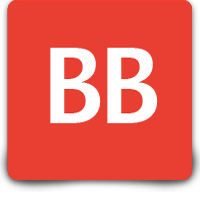





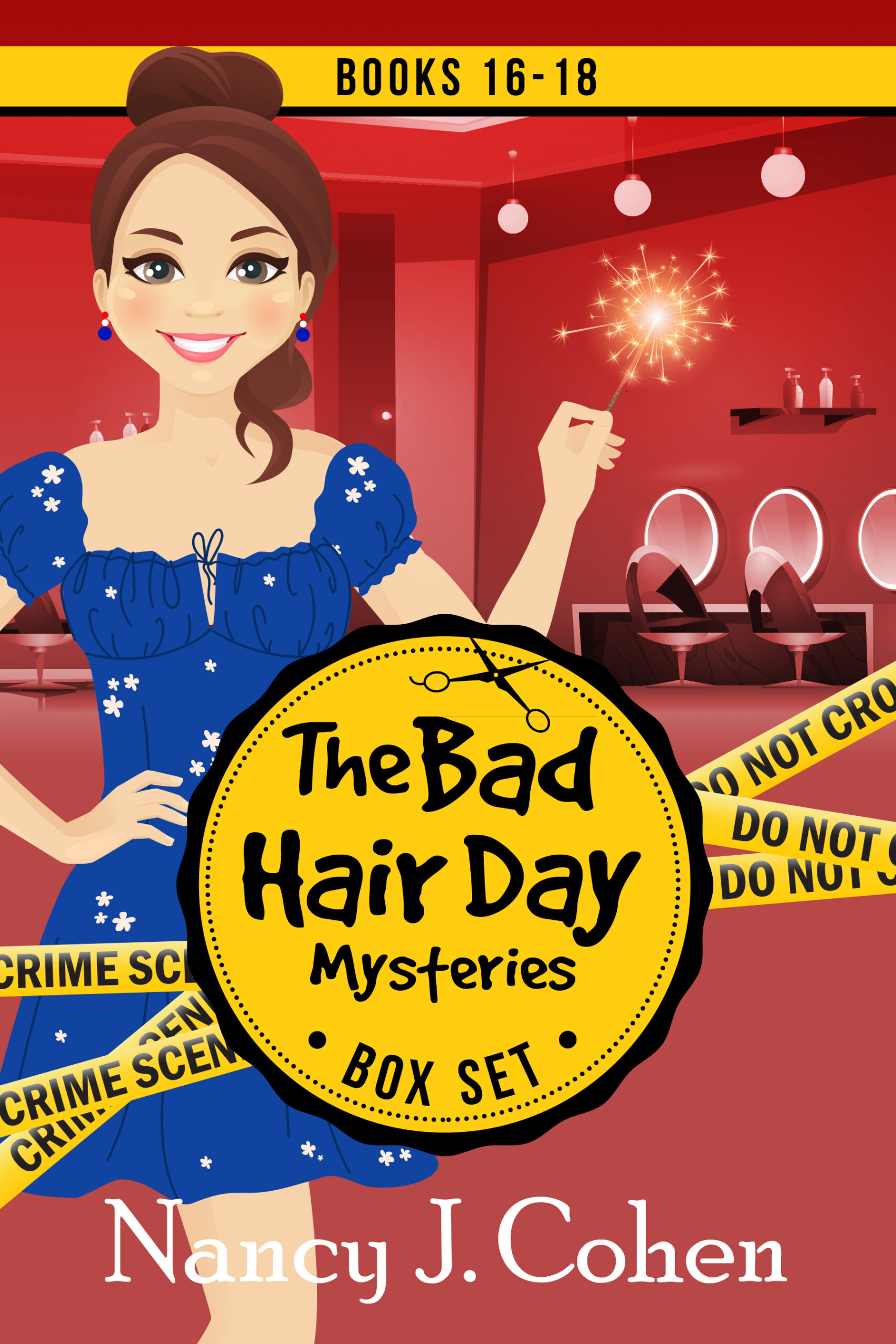







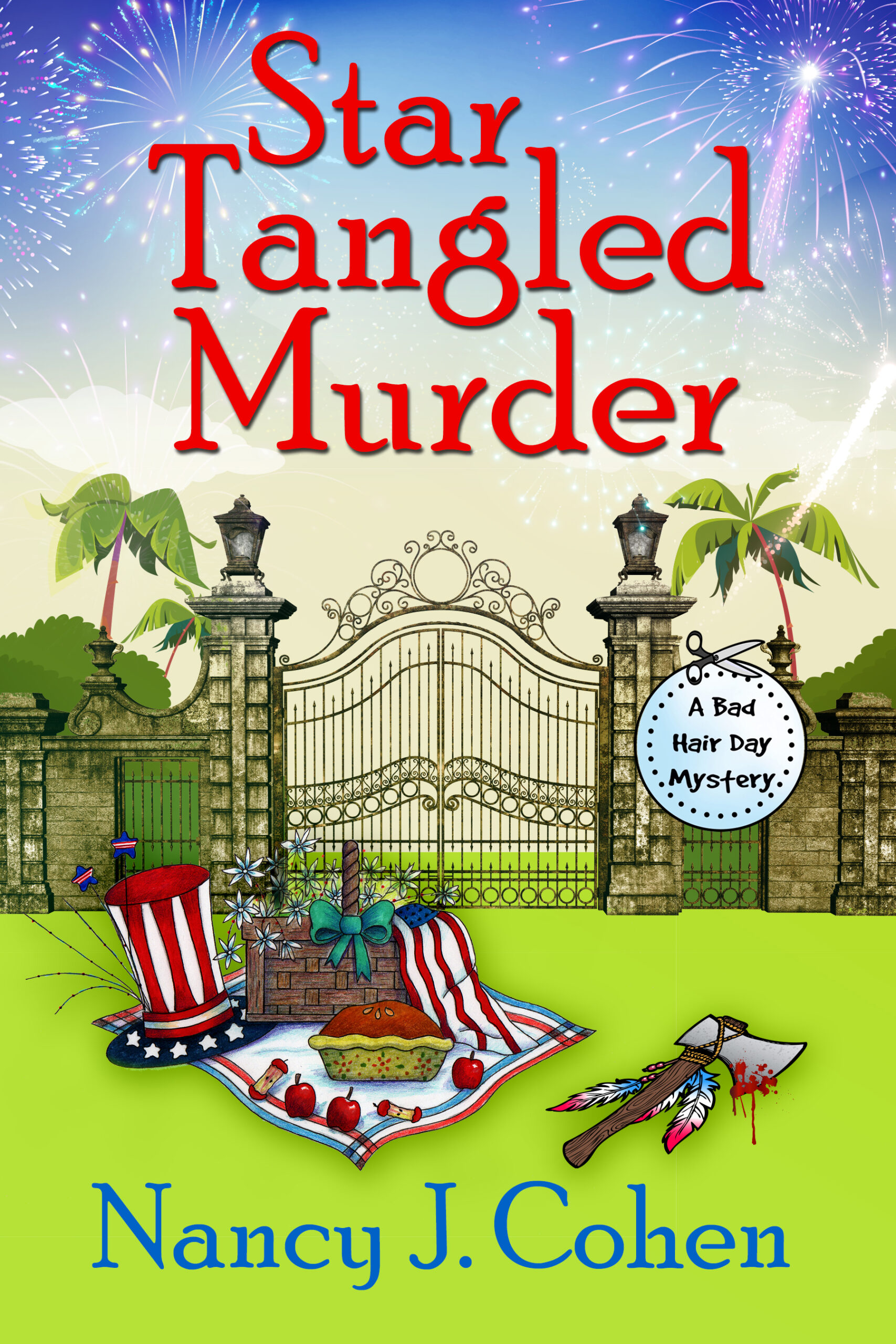

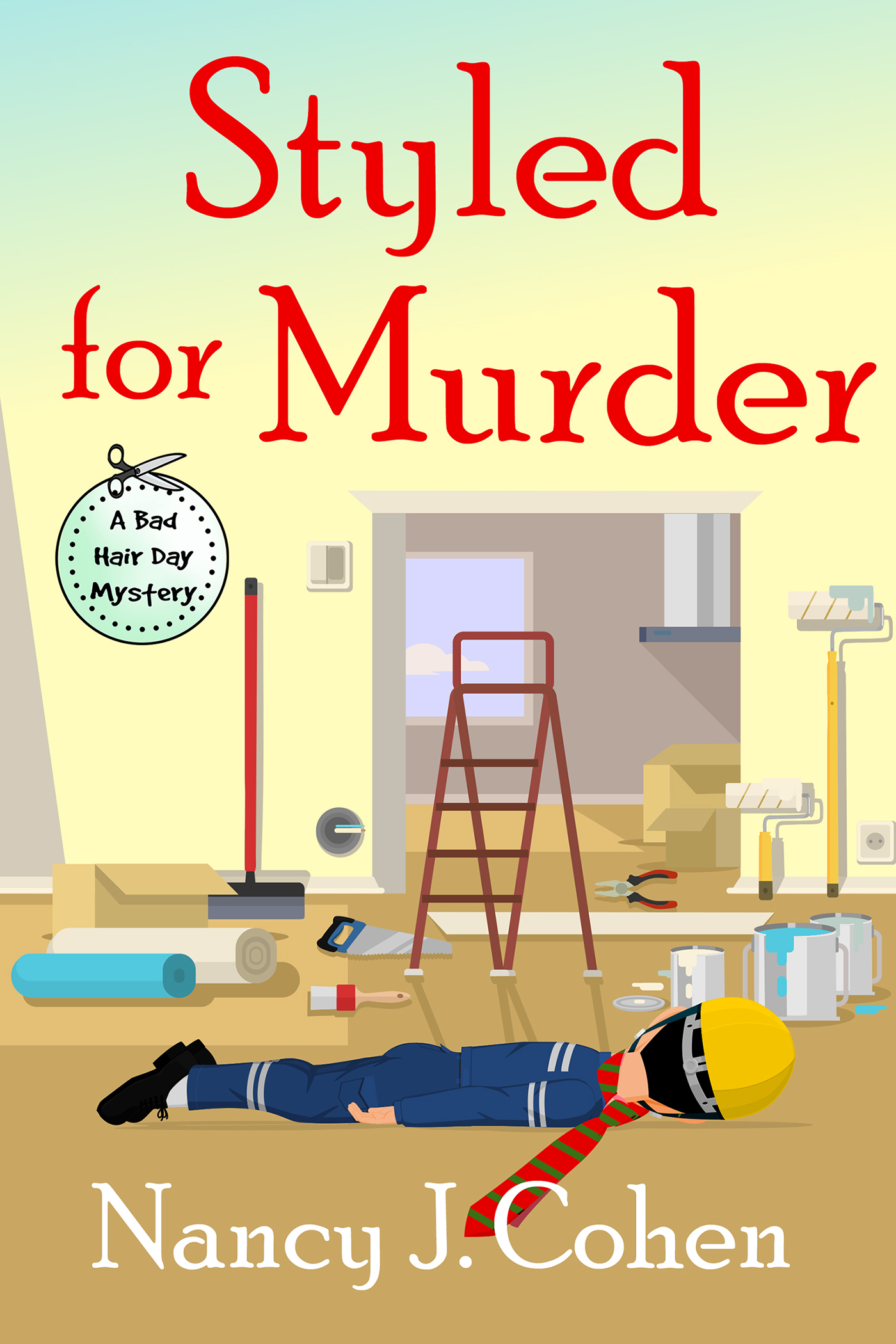
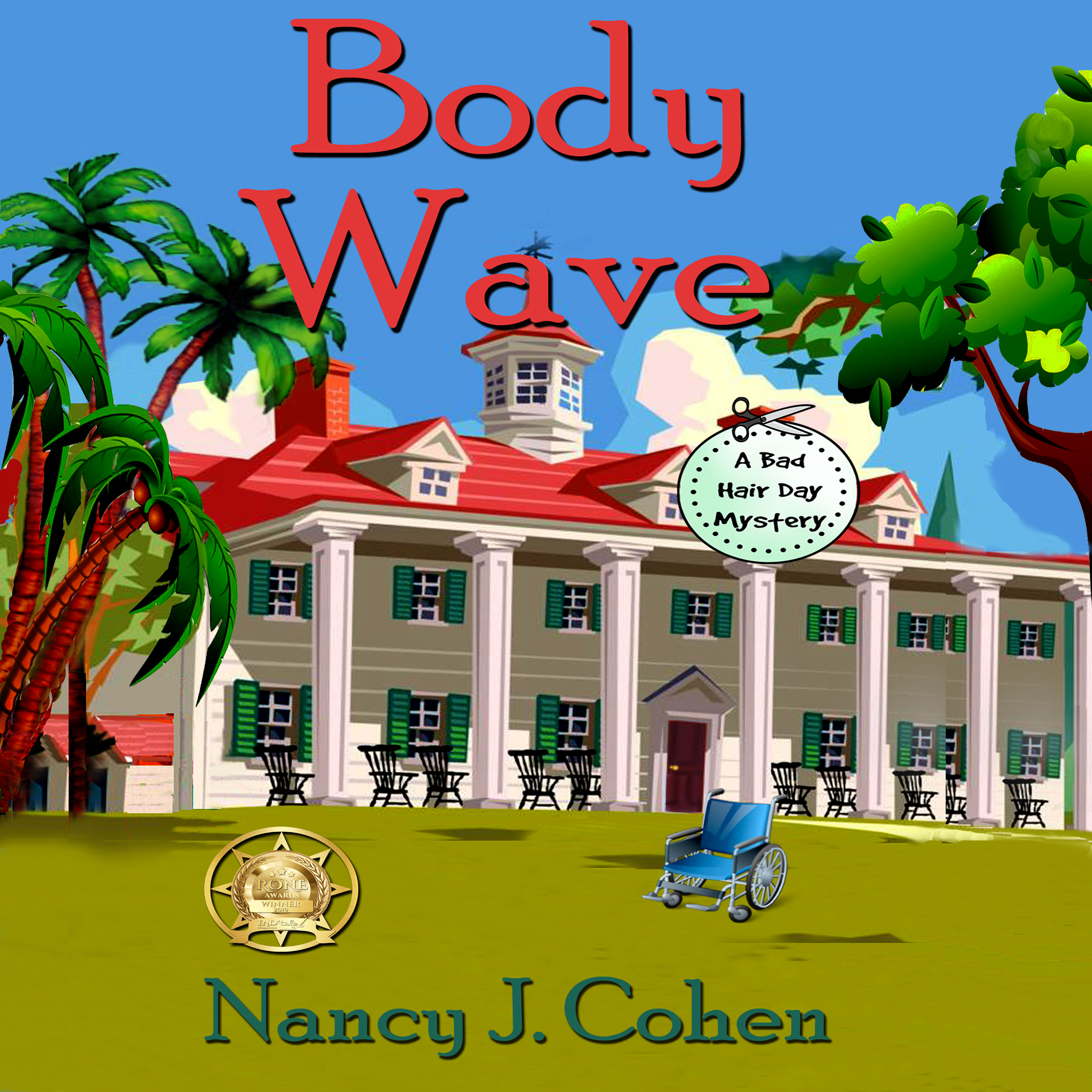
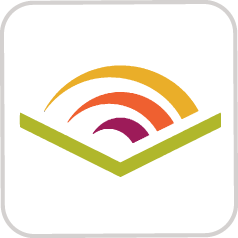

Another great one in this series, Nancy. Thanks so much for sharing!
Thank you for stopping by, as always.
Reblogged this on The Write Stuff and commented:
Another great one from Nancy Cohen! Enjoy. (And perhaps follow Nancy’s blog while you’re there.)
Thank you, Marcia!
My pleasure, Nancy. You always share so much, I’m happy to pass along a post and a link to your blog.
I’m enjoying your recaps, Nancy … finding things you picked up on that I missed. It was an overwhelming conference.
Ditto to your blogs. I’m having trouble catching up with everything still.
GREAT info, Nancy. Thank you of the update. Amazing how the publishing world is shifting!
Yes, indeed. It makes our head whirl to hear all these predictions.
I’m surprised to read here that the number of writers making a living has actually increased. I would have thought it was the reverse.
I suspect those are indie authors who have a number of books available in a series.
Thanks for the info, very, very interesting! Yes, the number of indie writers “making a living” at writing is dismally low. No question about it. The total number of books in the Kindle Store is now approaching 4 million titles (as I recently discovered going to my Amazon Associates account) and the indie share of this is clearly very large, taking into account the Hugh Howey survey published 6 months ago – perhaps as much as 40%.
This implies that there are at least 500,000 indie authors (this is a rough estimate, assuming of course that not everyone has 10 titles, a more common number of title/author if the author is indie and new, is 2 or 3). Out of this vast number, only about 1,000 actually “make a living” (and some make millions of course like Bella Andre and Hugh Howey).
So yes, definitely, most indies do not earn any sort of living to talk about…
But we can hope, can’t we? At the least, I hope to recoup my expenses with the designer, formatter, etc.
Great post, Nancy! You wonder how authors are going to survive with the glut of books on the market. With the self-publishers getting in, you have to make the very best book you can.
That’s always true, Ilona. It’s important not to rush the process so the book is the best it can be.
Great post. I am glad that I get to reap some of the benefits of the conference without having my head explode.
Missed you there, though, Maggie.
Thanks to Marcia, I found your blog and certainly glad I did. Yes, the publishing world has changed and is still changing. We will always need stories. They will only be passed on in many different ways. See you.
This is true, Evelyn. Storytelling will always be here. It’ll just reach listeners via various distribution channels.